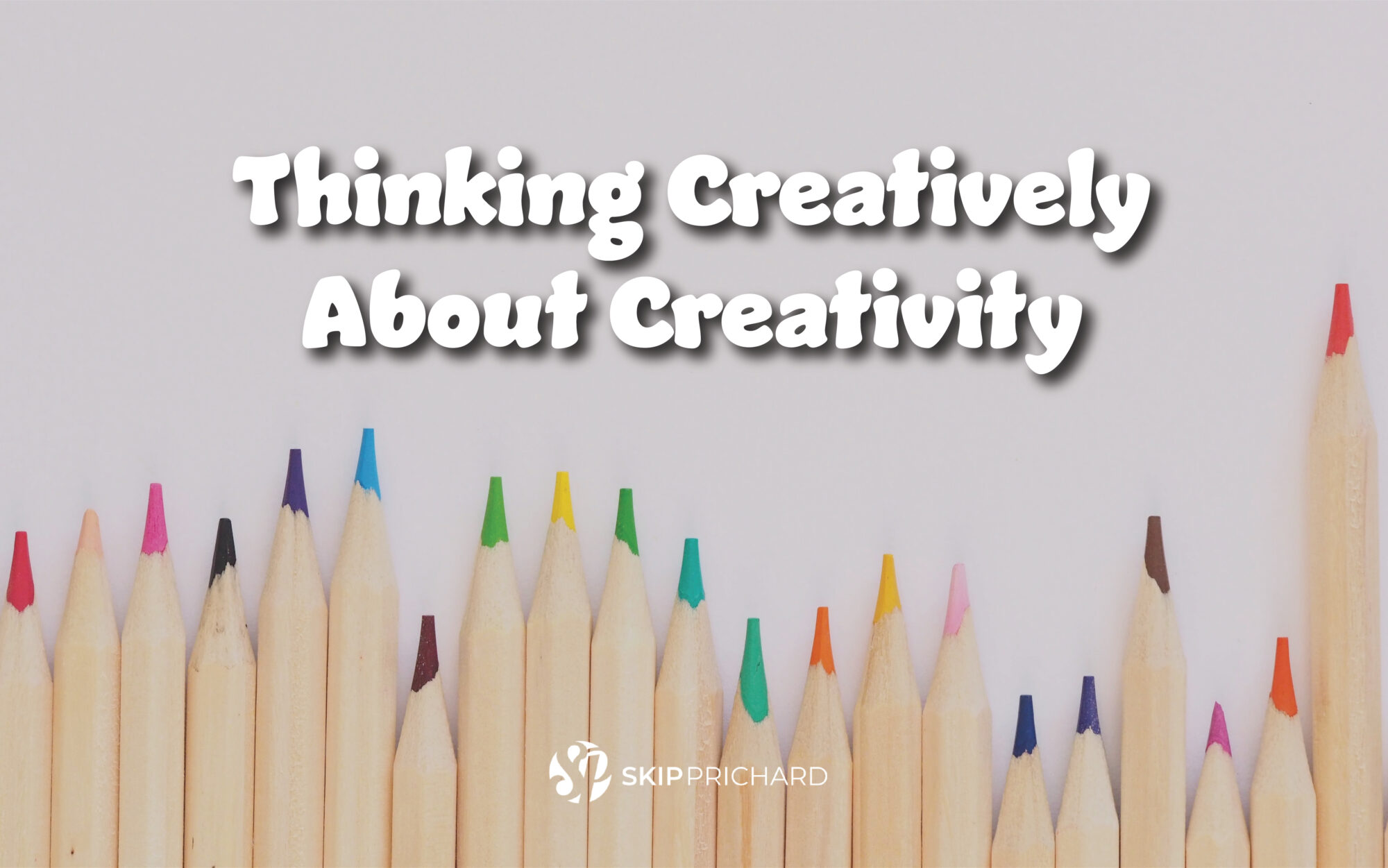The Power of Creativity
The benefits of creativity are extensive.
Creativity enables problem-solving and innovation, allowing employees to find new solutions and drive business growth. Creative thinking promotes adaptability, helping organizations stay agile in a changing environment. It enhances employee engagement and satisfaction by valuing their ideas. Creativity differentiates organizations, attracting customers and building a distinctive brand. It fosters collaboration and teamwork, encouraging diverse perspectives and effective communication. Creative thinking leads to continuous improvement, identifying areas for optimization. Overall, embracing and nurturing creativity in the workplace drives success and enhances performance in today’s dynamic business landscape.
I could list a dozen more benefits of creativity at work, but will leave it there.
If you don’t think of yourself as the creative type, read on.
This week on “Aim Higher” I spoke to Andy Havens, content marketing expert, adjunct professor of marketing and advertising at the Columbus College of Art and Design (CCAD), and the author of The Side Ways, a high-creative urban-fantasy trilogy. I enjoyed immersing myself in Andy’s parallel world and enjoyed the creative writing.
I’ve been talking with Andy about creativity for ten years and decided to record our conversation so you could listen in.
More than Art
We cover a lot of ground, but one specific point that I think is very important is this idea that some people are just “not creative.” Andy makes the case that many people are raised to think of creativity only in terms of artistic professions: painters, sculptors, musicians, writers, etc. And that’s potentially harmful, because it shuts people out of experimenting, playing, and enjoying a really important and joyful part of life.
He also makes the point that while we may say we want to foster creativity in ourselves and others, we don’t always recognize that it is hard. Those artists that we think of as being “naturally” creative? They spend thousands of hours rehearsing their craft—which often involves supremely repetitive, boring practice—in order to eventually be more publicly creative.
Andy’s advice? Give yourself time and room to create, and permission to make a lot of mistakes. Think of it not as trying and failing, but as strengthening your creative muscles. In the end, you can use that creative practice to inform and improve your creativity across-the-board.
I hope you’ll listen in. It’s a fun, lively conversation and I bet you come away with a couple ideas on how to boost your own creativity.
To read Andy’s incredibly creative and imaginative books, see The Side Ways.
Image Credit: Jess Bailey

